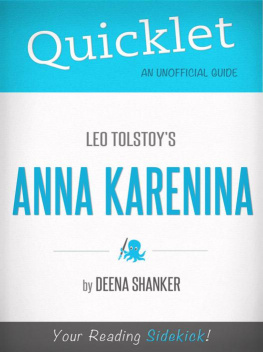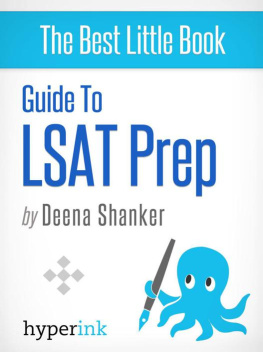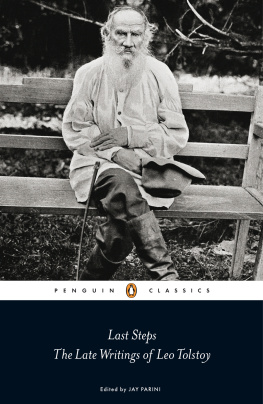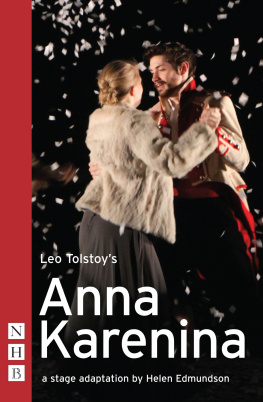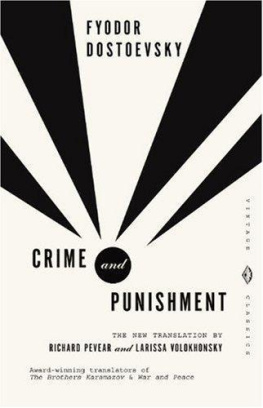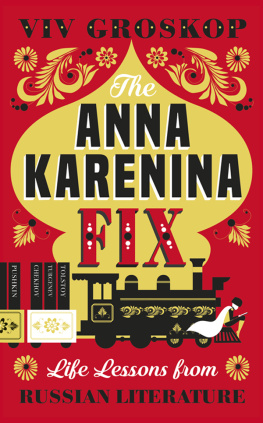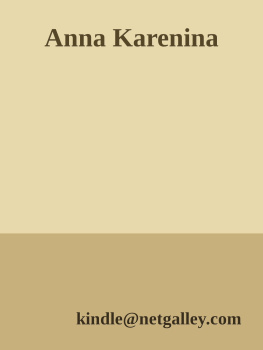Deena Shanker - Quicklet on Leo Tolstoys Anna Karenina: Cliffsnotes-like Book Summary
Here you can read online Deena Shanker - Quicklet on Leo Tolstoys Anna Karenina: Cliffsnotes-like Book Summary full text of the book (entire story) in english for free. Download pdf and epub, get meaning, cover and reviews about this ebook. year: 2012, publisher: Hyperink, genre: Home and family. Description of the work, (preface) as well as reviews are available. Best literature library LitArk.com created for fans of good reading and offers a wide selection of genres:
Romance novel
Science fiction
Adventure
Detective
Science
History
Home and family
Prose
Art
Politics
Computer
Non-fiction
Religion
Business
Children
Humor
Choose a favorite category and find really read worthwhile books. Enjoy immersion in the world of imagination, feel the emotions of the characters or learn something new for yourself, make an fascinating discovery.
- Book:Quicklet on Leo Tolstoys Anna Karenina: Cliffsnotes-like Book Summary
- Author:
- Publisher:Hyperink
- Genre:
- Year:2012
- Rating:4 / 5
- Favourites:Add to favourites
- Your mark:
Quicklet on Leo Tolstoys Anna Karenina: Cliffsnotes-like Book Summary: summary, description and annotation
We offer to read an annotation, description, summary or preface (depends on what the author of the book "Quicklet on Leo Tolstoys Anna Karenina: Cliffsnotes-like Book Summary" wrote himself). If you haven't found the necessary information about the book — write in the comments, we will try to find it.
ABOUT THE BOOK
I first read Leo Tolstoys Anna Karenina shortly after finishing Fyodor Dostoyevskys Crime and Punishment. The books, both set in Russia in that late 1800s, tell two very different stories, yet explore many similar themes. Anna Karenina is a tale of an adulterous upper class woman whose husband refuses to release her from the shackles of their legal marriage, even though she shares a home and a daughter with her new lover and repeatedly begs for a divorce. Crime and Punishment, on the other hand, depicts the psychological underpinnings of crime and the impact that committing those crimes has on both the criminal and the society he lives in. Both of these works of nineteenth-century Russian literature vividly portray the intense mental anguish suffered by those who society has cast out.Anna Karenina, widely considered to be Tolstoys masterpiece, is a penetrating depiction of human existence. Through the themes of love, society, wealth, and human emotion, it delves deeply into the psyches of its characters, whose positions the reader can still empathize with more than one hundred years after the works original publication. Anyone who has experienced love in any of its forms will find a character in Anna Karenina whose thoughts, feelings, and predicaments, could be their own.
MEET THE AUTHOR
Deena Shanker is a San Francisco newbie, having just moved out here from New York City. She is a recovering lawyer excited to get back to doing work she loves, like writing. She enjoys taking advantage of Californias great outdoors with her dog, Barley, reading fiction, and eating cheese.
EXCERPT FROM THE BOOK
In Europe, Anna and Vronsky find that they are not as happy as they had expected. Vronsky begins to feel suffocated and look for other forms of entertainment, and Anna becomes increasingly aware of his decreasing affection for her. When they return to Russia, they discover that their social situation has drastically changed: Anna, once universally respected and admired, is no longer welcome at society events, though Vronsky may still move freely and without condemnation. Unable to fit in, they move to Vronskys country estate.Dolly visits with Anna and Vronsky and immediately notices both their lavish lifestyle and Annas extreme despair. A combination of Vronskys wishes, her social position, and increasing paranoia about Vronsky leaving lead Anna to request a divorce from Karenin so that she may marry Vronsky. Oblonsky also visits Karenin to request a divorce, but Karenin refuses.Anna is so engulfed by despair that she throws herself into the tracks of an oncoming train.After her death, Vronsky leaves to volunteer for the army in the hopes of moving on.Levin, now a happy husband and father, finds religion. Oblonsky gets the job promotion he wanted, and him and Dolly continue as usual...Buy a copy to keep reading!
Deena Shanker: author's other books
Who wrote Quicklet on Leo Tolstoys Anna Karenina: Cliffsnotes-like Book Summary? Find out the surname, the name of the author of the book and a list of all author's works by series.

